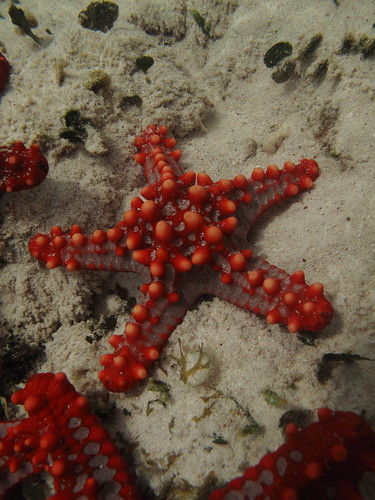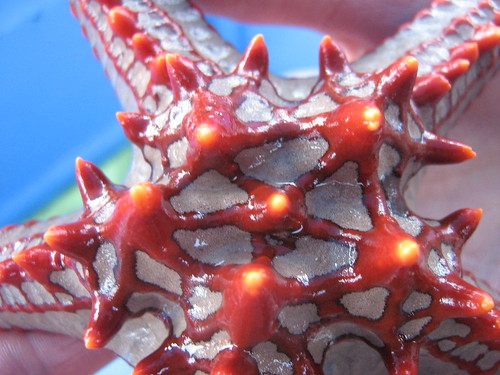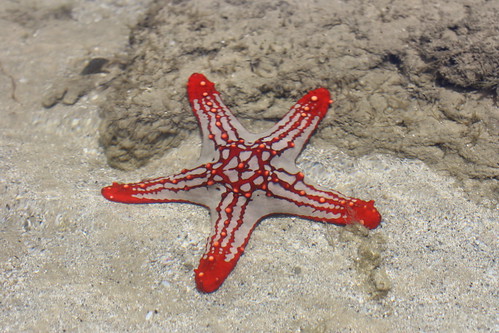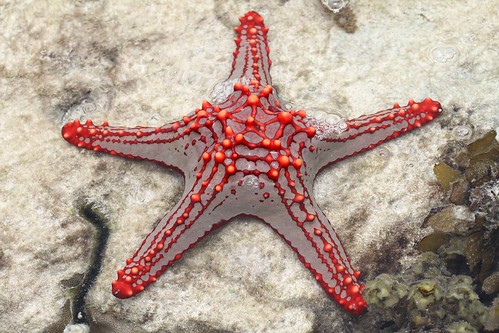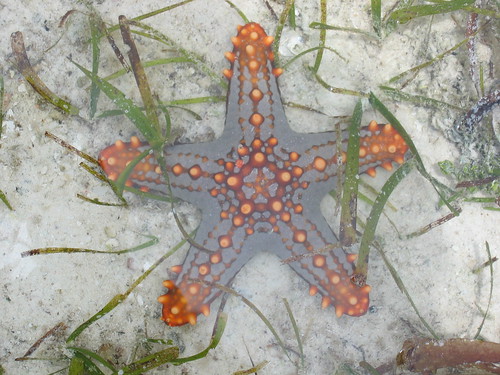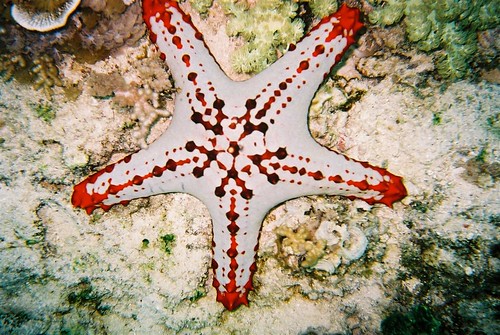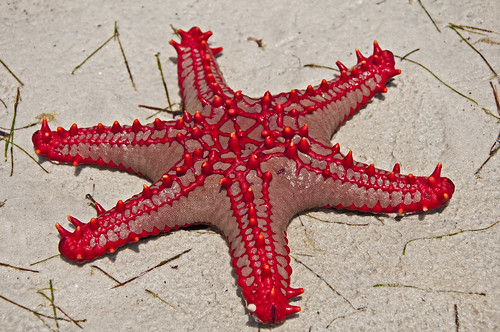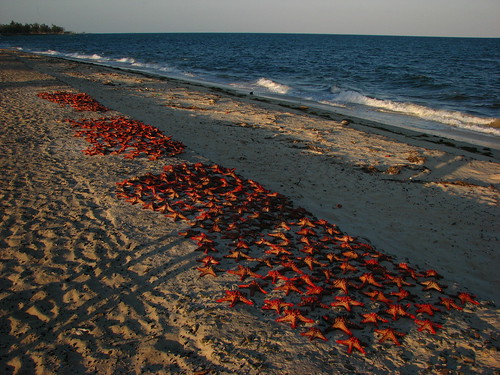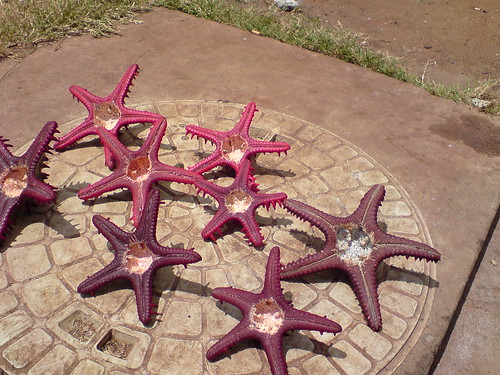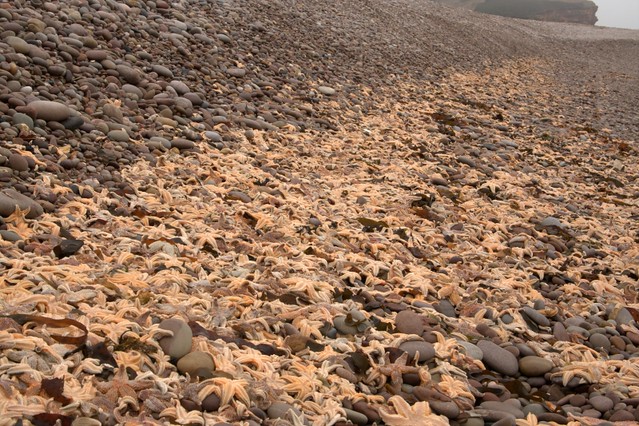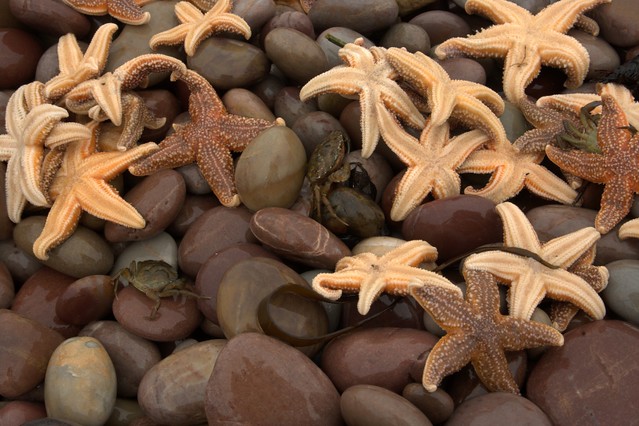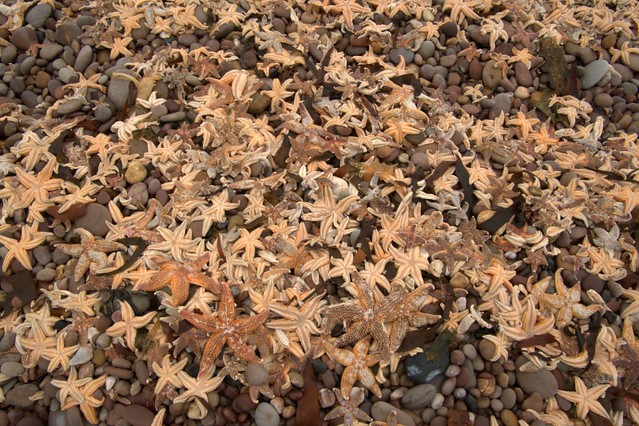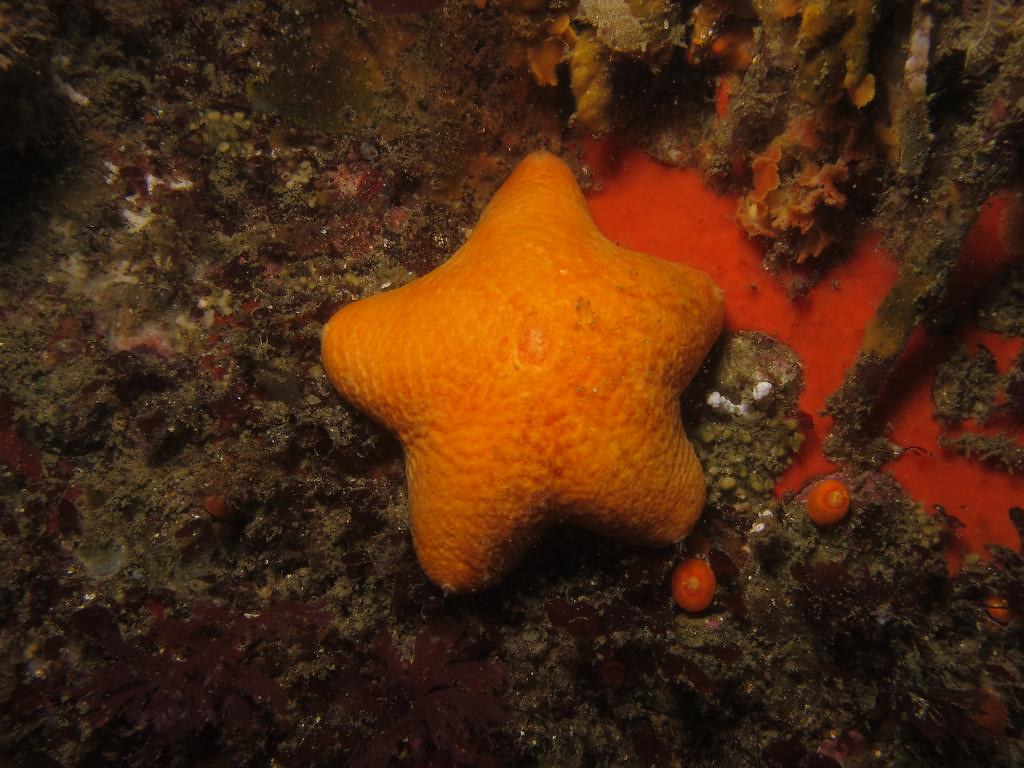So, I don't normally do these "end of the year" recaps, but man, 2015 was BUSY. I travelled to three continents, described a NEW FAMILY of starfish in addition to all the other stuff.. Here are highlights....
1. JAPAN part TWO!
Starting at the end of January I returned to study at Japan's world famous National Museum of Nature and Science in Tsukuba, Japan (outside Tokyo). Among the many cool adventures:
One such interesting starfish was Trophodiscus! The starfish which broods babies on the disk surface!
2. Someone made one of my starfish into a TOY!
Probably one of the craziest things that I've ever had happen to me. The company Re-Ment (Japanese I guess) decided that they would make a "deep-sea sushi" line and took the image of a genus/species of starfish I DESCRIBED and turned it into a toy!
A video of the set is here.. My contribution is at the end..
3. I described a NEW FAMILY, genus and two new species of sea stars! The first hydrothermal starfish Paulasterias!
A long-time project, several years in the making! Based on specimens and video obtained via my collaborators at the British Antarctic Survey and the Monterey Bay Aquarium, I described a new family of deep-sea starfish: the Paulasteriidae! You can read about it here.
Named for deep-sea biologist Paul Tyler, the type species is the first to be found living in association with hydrothermal vent habitats.
The second species, occurs in the North Pacific and is named for my colleague Dr. Craig McClain at Deep-Sea News and was collected during an expedition which I was present on due to Craig's invitation! Scientific collaboration in action!
4. I visited and have studied at the Iziko Museum in Cape Town South Africa!
One of my most memorable trips was from April-May when I visited the Iziko Museum in Cape Town, South Africa!! Thanks to a collaboration with Dr. Lara Atkinson from their marine environmental organization, SAEON (the South African Environmental Observation Network) I was able to visit their marine invertebrates collection and study the collections.
This was a VERY frutiful visit. I identified nearly 700 specimens, and discovered several rarely seen species as well as working with the the citizen science community to ID species seen by divers and naturalists.
Here were some images from the trip... one of the South African Museum's specimen catalogs and Candice one of the curatorial techs holding a specimen of Hymenaster! A specimen of a deep-sea slime star which had been sitting undiscovered for some 40 years!

My thanks to Lara and the staff at the Iziko Museum including curator Wayne Florence and collections personnel Liz and Candice for a GREAT visit!
5. Described new Deep-sea starfish which feed on corals
So, I described several new species this year..but for some reason a bunch of them feed on deep-sea corals.. Here's a post where I talk about a new paper describing new Hawaiian species.. Some of which I saw later on when Okeanos investigated the Hawaiian Islands!

6. I provided my usual narrative and information to Okeanos Explorer in Puerto Rico and Hawaii!
For the last few years I've participated as part of the "shoreside" talent pool which Okeanos calls upon to assist with identifications and questions about sea stars and echinoderms.
I also take screengrabs of the live feed and post highlights. This year, Okeanos travelled from the tropical Atlantic, working off Puerto Rico, travelling across the canal to the North Pacific where they worked in the Hawaiian Islands!!
Perhaps one of my proudest moments from the Puerto Rican expedition was being able to identify this rarely seen solasterid starfish, Laetmaster spectabilis from the abyss of the tropical Atlantic!
This species had been collected once in the 19th Century and not been seen again until the Okeanos Oceano Profundo expedition! Here's a recap post from that week.
When Okeanos Explorer reached the Hawaiian Islands we saw some species that I described back in 2006. This for example, was Circeaster arandae, which was known originally from Madagascar and New Caledonia. Now we know it lives in the Hawaiian Islands!
Its a weird feeling to have described something like this from preserved specimens and then to seem them alive like this..

and we saw some weird critters like this, which were probably new but remained a mystery...
Stalked crinoids, benthic ctenophores and enormous sponges! (go here)
7. Took a little break for the first INTERNATIONAL POLYCHAETE DAY! on July 1st!
In honor of Dr. Kristian Fauchald, curator of polychaete worms at the Smithsonian's NMNH, who passed away on April 5, 2015. This year we celebrated the very first International Polychaete Day on Kristian's birthday.
Here is the Storify if you missed it!
8. Then I helped launch SEA SLUG DAY!!
This event was similar to International Polychaete Day except that it celebrated the very much alive, Dr. Terry Gosliner at the California Academy of Sciences. The world's foremost authority on nudibranchs and their kin. Sea Slug Day was appropriately enough held on October 29th, his brithday the Friday before Halloween!
Here is the Storify if you missed it!
9. Studied Deep-sea Starfish at the Paris Museum in November!
I've been visiting Paris for several years now and so, the trip has become almost routine. I'm usually there for about a month working on new species from exotic Pacific and Indian Ocean locales collected by French museum scientists.

I even worked some Cretaceous (fossil) starfish into the visit this time around. Hopefully by next year you will be seeing some of the new species published and publicized here!
10. And last but not least.. I topped 3000 Twitter followers! My thanks to all of you!!
My ongoing efforts at education and outreach would not be possible without YOU!!!
Its good to know that what I produce is read and of interest. Twitter has given me a more regular way to share..but the blog remains appropriate for "long form" stories...
Thanks to everyone who follows!
For those who are interested, I actually try to keep track of my new species on this post. It shows images of each! (its a little behind at the moment..but soon!)





















